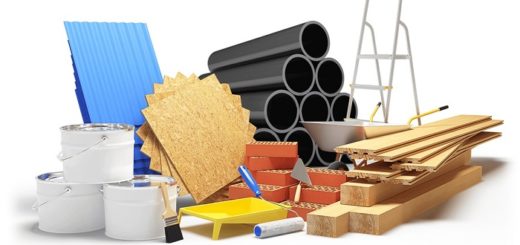Micro Cement | What | How
Civil engineers are continuously looking for innovative solutions to their projects, striving to push the boundaries of what is possible. With its increasingly popular use, micro cement is a construction material that can provide a wide range of benefits to civil engineers and their projects. In this blog article, we will explore how micro cement can be incorporated into civil engineering projects, why it is an attractive construction material, and how it may be the perfect fit to help you achieve the desired effect.
Micro cement is a construction material that is becoming increasingly popular due to its many benefits. It is a versatile material that can be used in a wide range of applications, from floors and walls to roofs and ceilings. Micro cement is also highly durable, making it an ideal choice for construction projects that require a long-lasting material.
Micro cement is a kind of calcium oxide powder that is formed by burning through the action of high temperature. It has low bulk density and excellent thermal insulation properties, and it is often used in the construction industry, such as wall mortar.
In addition, because the particle size of micro cement is small, its thermal conductivity is low and its specific surface area is large. Therefore, it can be used to replace traditional thermal insulation materials to improve the building heat-insulating performance.
Differences between Conventional Cement & Micro Cement
Conventional cement is made by burning limestone (calcium carbonate) with clay(aluminium silicate)-based materials to produce calcium oxide, which is then mixed with sand and water to create cement. The end product of this process contains almost no aluminium oxide, meaning that it has very little strength.
For the concrete to be strong enough for construction purposes, reinforcing steel bars are added during construction. This means that conventional cement production requires the use of several different types of raw materials, some of which need to be imported, as well as an additional manufacturing process and waste disposal after the steel bars have been separated from the final product.
Application of Micro Cement
Micro cementing is a method of cementing a well that uses the tubing string itself to place the cement rather than having an additional completion string run into the well to do the cementing. It is most commonly used in shallow wells, where it can be difficult to run a wireline or slickline operation due to depth, hole size, and/or well conditions.
Micro Cementing can also be used in deep wells as an alternative to wireline or slickline when using casing with liner hangers installed at intervals and extending out of the hole are not suitable options.
Micro Cementing benefits:
Reduced operational costs – Reduces time required for vertical depth control and liner hanger installation.
One of the great advantages of micro cement is its ability to be moulded into almost any shape. This makes it an ideal choice for civil engineering projects that require unique or intricate designs. It can also be coloured to match any desired aesthetic, making it a versatile construction material.
This material is extremely resistant to wear and tear, making it an ideal choice for construction projects that are likely to see a lot of traffic. Micro cement is also resistant to water and other sources of moisture, making it an ideal choice for outdoor construction projects.
Micro cement additives are used in a wide range of applications. Its additives improve the durability of concrete by reducing water permeability, increasing resistance to alkali-aggregate reactions (AAR), and reducing frost damage. Micro cement additives have many industrial applications including portland cement admixtures, asphalt emulsion admixtures, and pre-stressed concrete products.
Micro cement is an attractive construction material for many reasons. It is versatile, durable, and can be moulded into almost any shape. If you are looking for an innovative solution to your next civil engineering project, this cement may be the perfect fit.




